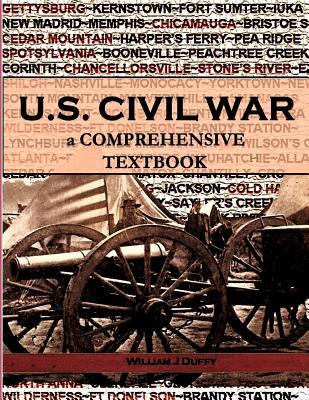America's evolution during the mid-19th century just prior to the Civil War was amazing. The six-fold increase in population from 1800 to 1860 was fueled by an influx of immigrants into the North and Northcentral, and the 800,000 immigrants into the North between 1861-65 alone filled the Union armies. This population explosion coincided with a dramatic territorial expansion. From 1845-48, the United States grew by over 1,200,000 square miles, a 67% increase. As a result, in the 31-year period from 1836 to 1867, 13 states joined the Union - about 1 every 2.4 years. The states carved from this new territory and populated largely by immigrants would not be conducive to plantation slavery, and the balance between free and slave states would shift rapidly and irreversibly against the South.
Of the many causes of the Vivil War slavery was the decisive issue. In the ten years before the war, the slave population in the South increased by 135% and the value of the stock of slaves increased by 25% to almost $4,000,000. To prevent the imminent domination of the country by anti-slave interests, eleven states attempted to withdraw from the Union and form a separate Confederacy to protect their investment in slavery and preserve their 'white supremacy' way of life. Lincoln adamantly opposed their secession, believing that it would end the unique American experiment in self-governance.
The resulting four-year war produced over 1,100,000 American casualties, more than the cumulative total of all U.S. wars before and since. The Americans redefined the nature of warfare itself, and changed Europe's attitude toward the possibility of self-government.The war also transformed the ststus of 4,000,000 slaves from chattel to voting citizens, and launched the national pursuit of civil rights which continues to the present.
There are several excellent historical narratives of the Civil War, and an ever-growing body of research on specific aspects of the war. This study is intended as a comprehensive in-depth textbook - 'a standard work for the study of a particular subject.' It is a survey and synthesis of the best insights and information which has been produced about the war beginning with the many causes of the Civil War and extending through the period of Reconstruction. It is primarily a military history focused on the war's major campaigns and battles which includes a wealth of maps and data which make it an invaluable reference work for serious students of the war.
